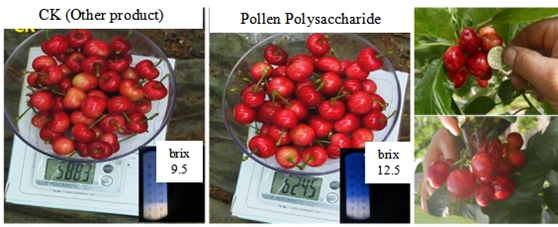7 Steps to Mitigate Risk Amid Supply Disruptions from China
First and foremost, I want to say to all of our friends and trading partners: Our thoughts are with you all, your families, and friends at such a challenging time. Having worked in pharma, animal health, and the genetics of disease resistance in a previous life, I never thought I would be asked to comment on a situation where virology was creating supply chain disruption.
Yet very sadly here we are, but hopefully for not too long.
Here’s some analysis on the current situation:

- The situation remains extremely difficult and also extremely uncertain.
- Materials are still not flowing as yet, and there is a significant backlog of material at ports.
- No materials are moving to factories or ex-factory to ports at the present time.
- Food and essential medical supplies are allowed to move by road throughout China.
- Everything that has sailed from China since before the quarantine will in many cases face additional time delay based on quarantine requirements at destination ports.
So regardless of the speed of spread or containment, there is going to be ongoing disruption either in the form of backlogs of materials at port competing for physical vessel space, material waiting to be process and inspected by customs, material needing to find its way to port from the factory — and if we are facing longer periods of disruption — much needed material for manufacturing at the factory.
We currently have a situation where the whole country is in lockdown or some travel restriction until the authorities who are working diligently to contain the virus can relax the restrictions. Many were hoping to go back to work after Chinese New Year but now will have to wait until Feb. 28 to see whether this will be possible. There is now talk of school children not being allowed to return to class until April and will be schooled at home via the internet in the interim.
With the exception of skeleton staffing, 1.4 billion people are at home and only allowed to go out for short periods to obtain essentials like food and medicines in the hope that this will slow down the spread of the virus to where it may be contained.
China has become the largest virtual working community on the planet almost over-night with all of the opportunity and complexity challenges that also comes with this.
Until the situation normalizes, we are recommending to clients and network partners that:
- They check their forecasts and demand plans to see where there will be difficulties in receiving materials on-time and in-full based on the new lead-time norms based on the compounded effects of an impeded supply chain due to the cumulative effects of the virus. ETD & ETA differences in a steady-state sales and operations planning processes will not be feasible for the next couple of months at least, nor will total lead time plans for subsequent demand. It’s important that these elements are factored into the supply and procurement plan so it can reflect the sales and operations planning process.
- Communicate with supply chain partners to fully understand what is happening within their own supply chains. This should include Indian sources and partners with respect to materials that are purchased out of China to understand what inventories exist.
- Provide regular updates to internal and external key stakeholders, including contract formulators to check or re-calendarize production runs and campaigns where practical to do so.
- If you are sitting on inventories in country, you might be looking to sell product on allocation in some extreme cases, so this might also be worth building into your mitigation, de-bottlenecking & de-risking plans.
- As hard as it might be right now, try to look forward and factor what have been and continue to be the painful and often expensive lessons of being single sourced; qualify additional sources to at least give yourself more options in the future.
- Talk to suppliers and even your competitors if they’ll entertain the idea. If there was ever a time to improve value-chain communication, then this would be one of those times. Fortunately, and sadly, we’ve all been accustomed to spending our time and energy on inspections and factory and park closures, but I am amazed just how many people are blindsided by factors that could have been resolved with better communication with our value chain.
- Check your contracts to see where you stand, have these conversations early to ensure that everybody knows where they stand. Better to have the right conversation on how to work together than having multiple force majeure issues to deal with that will ultimately cause further disruption.
Anyone who knows me will tell you I am the eternal optimist, but it’s not always the best or even most pragmatic of strategies walking around thinking that the glass is half full in the current circumstances. I am, however, fortunate to be surrounded by some very talented and experienced colleagues who, like me, are happy to discuss or help where we can.
We can overcome much together if we work and communicate as a connected value chain.
Has the novel coronavirus caused any disruptions in your supply chain? Take our poll here, see our related coverage here, and sign up for our newsletter to stay up to date on all developments in crop input supply and demand trends.






